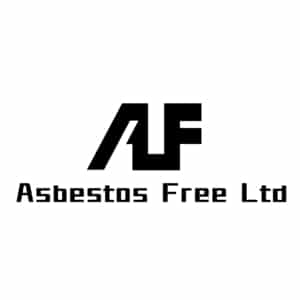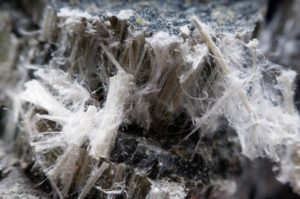Asbestos Free have the capabilities and expertise to facilitate all aspects of friable asbestos removal.
All our supervisors and workers are trained and licensed in accordance with WorkSafe guidelines and our processes and procedures are well maintained through an audited safety management system conducted annually.
We understand that all sites are different and business still needs to operate, by carefully working with our clients we are able to facilitate a working plan which doesn’t compromise safety to all and allows operations to continue as normal wherever possible.
What is Asbestos?
Asbestos is a naturally occurring material mined from natural deposits around the world. It is formed of millions of fibres, which bind together to create a light yet strong material. Asbestos is resistant to heat, fire, chemical and biological break down.
Due to its physical and chemical properties, it was commonly used in building materials manufactured starting in the 1950s and as late as the 2000s. It’s estimated to have been used in 3,000+ products everything from cigarette filters to school ceilings because its dangers were unknown.
Why is it dangerous?
Asbestos is a brittle material that means when it is dry, it can be crushed or powdered. Since the fibres are so microscopically thin, they can remain airborne for days after they were initially disturbed. This can be inhaled by individual and travel deep into lungs that can lead to a various nasty conditions, including asbestosis (scarring of the lungs), pleural plaques (thickening and hardening of membrane between your lungs and chest), lung cancer (a risk that’s increased with exposure to asbestos), and mesothelioma (a rare and aggressive cancer, primarily associated with asbestos exposure).
How do I recognise it?
It is very difficult to recognise if building materials, pipes, and so on contain asbestos. The identification of asbestos fibres must be made by a qualified professional analyst who has been licenced by WorkSafe NZ. Still, as a general rule, if your house/ building was built or renovated before the mid to late 1980s, then it is possible that asbestos is present somewhere.
Asbestos can be founded in the following building materials:
- Roofing materials;
- Cement asbestos board (CAB);
- Attic insulation;
- Textured paint and popcorn ceilings;
- Sheetrock joint and patching compounds;
- Some vinyl floor tiles and flooring glues;
- Insulation and tapes around hot water tanks and pipes;
- Oil furnaces and door gaskets;
- Window putty and caulking compounds;
- Chimney flue packing;
- Artificial fire logs and ash in gas fireplaces;
- Sink undercoating;
- Insulation in fuse boxes and around old wire; and
- Asbestos tapes, insulation, anti-vibration fabrics in duct work and vents.


